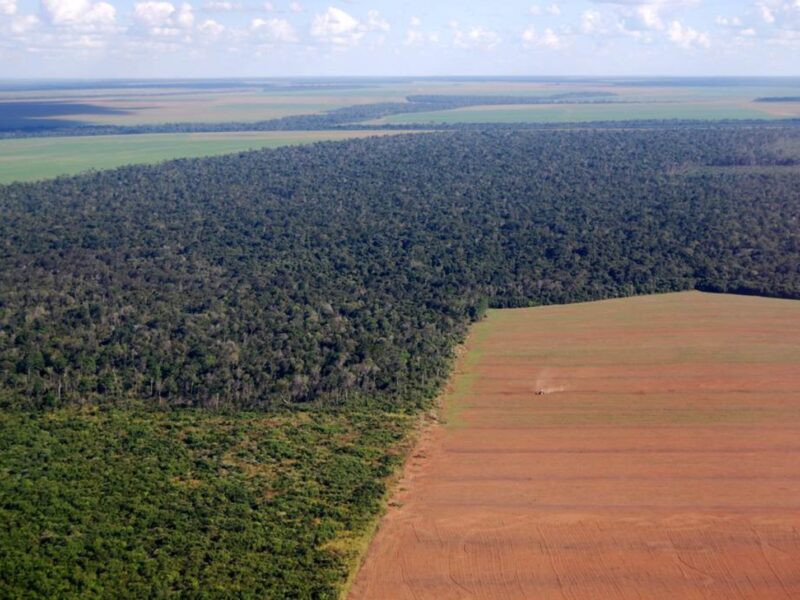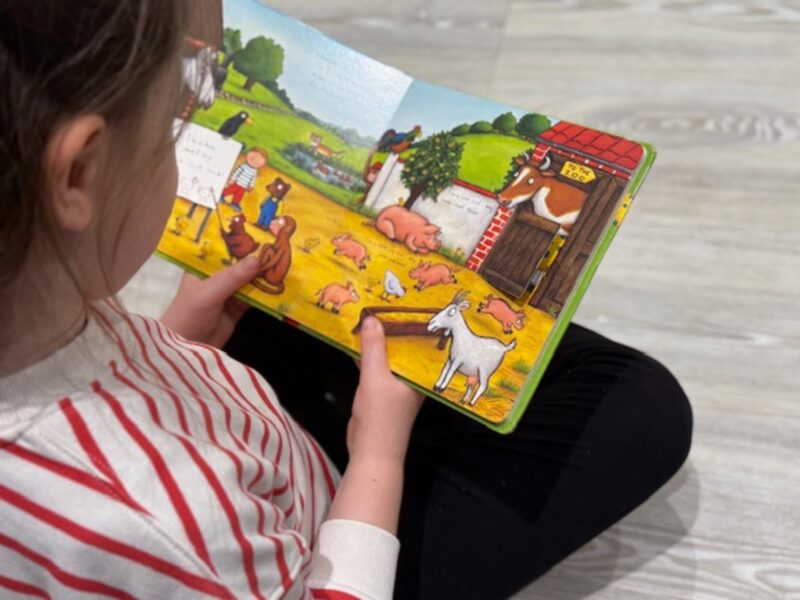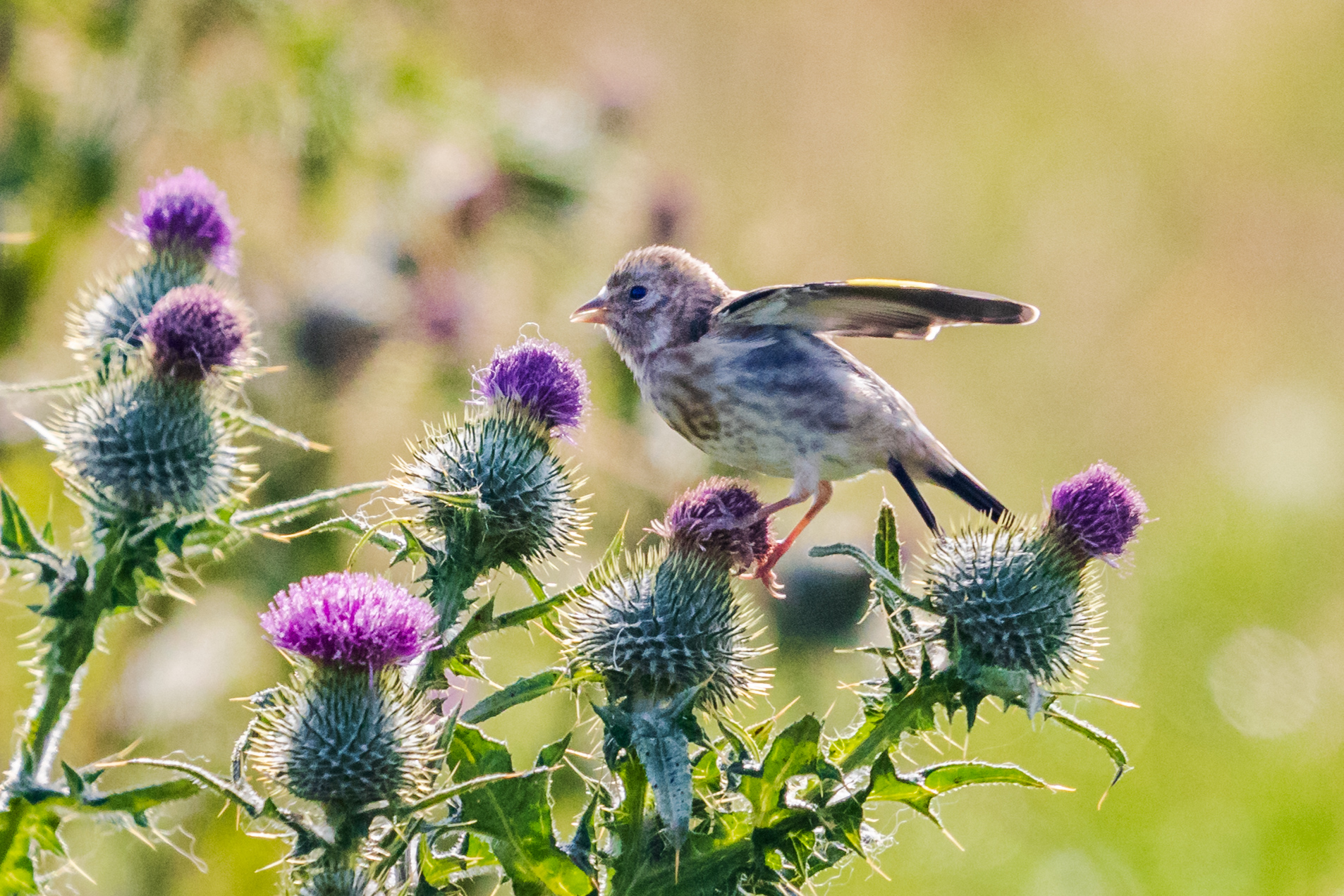
Look What’s Possible When We Give Nature Space to Thrive
The Butterfly that feasts on decay – and dazzles us all
Did you know there’s a butterfly that prefers cowpats, rotting animal corpses and dirty nappies to flowers? Surely with preferences like that they must be brown, perhaps even ugly? But no, we’re talking about one of the most stunning of butterflies, the rare purple emperor.
Having suffered a rapid decline last century, these most beautiful, winged insects are making a remarkable comeback. There were “clouds of butterflies everywhere” according to purple emperor expert Neil Hulme at the Knepp rewilding estate in West Sussex, which had its best day on record for purple emperor sightings. With 283 of them seen on one day alone, no one there wanted to see the summer end.
Whilst purple emperors have been described as Knepp’s most glamorous success story, other species, including purple hairstreak and silver-washed fritillary butterflies as well as those extraordinary songsters, nightingales, have also been recorded in record numbers.
All of which goes to reinforce my longstanding enthusiasm for rewilding – tracts of land where nature is allowed to come flooding back.
Letting Nature lead
Since I first made the trip to Knepp more than 10 years ago, I’ve seen what’s going on there as a pioneering example of the art of the possible. Formerly an intensive farm, owners Charlie Burrell and Isabella Tree took the step of switching off farming in 2001 and instead, letting nature do its thing. No more ploughing and planting, hedge-trimming or harvesting. They left the land to find its own way. They decided to be led by nature, rather than controlling it, an approach known as ‘process-led conservation’.
Animals on the estate – longhorn cattle, fallow, roe and red deer, Exmoor ponies and Tamworth pigs – are the type of breeds that would have grazed the land thousands of years ago. They are carefully managed to ensure that they help maintain the vegetation. It is a delicate process: too many animals and the land would be grazed bare, turned into an open plain. Too few, and the estate would soon be overrun with dense growths of shrubs and trees.
Knepp has become an international source of inspiration, with purple emperors showing what can happen when you give nature a chance: having had none on the estate prior to 2010, Knepp now hosts the largest colony in the UK.
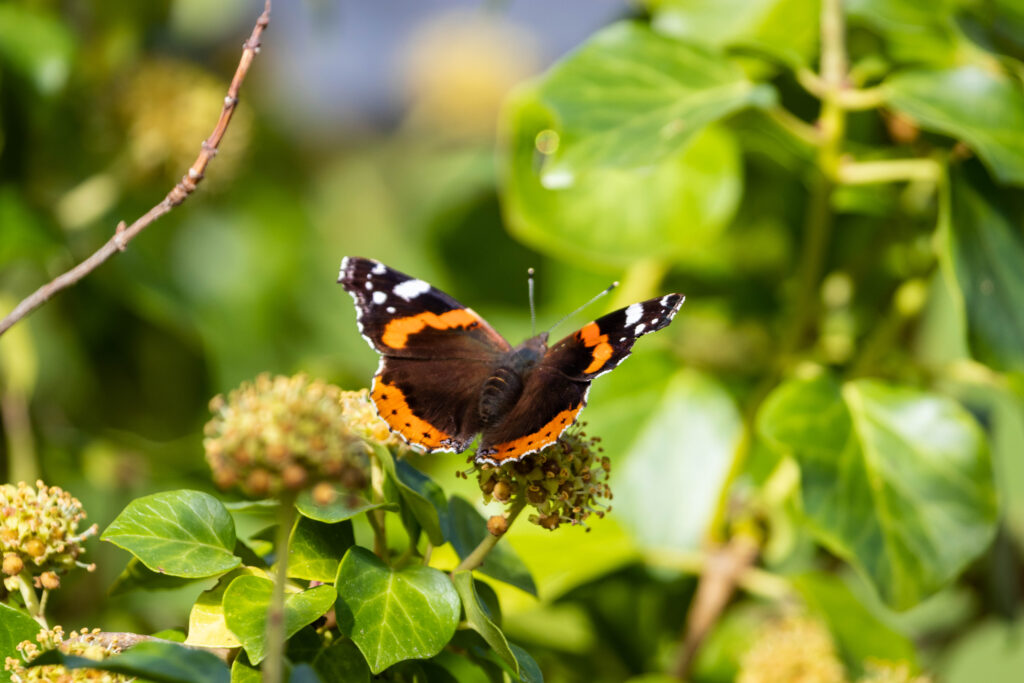
In Trouble
Sadly, butterflies are not doing so well more widely. According to Butterfly Conservation, butterflies have failed to shine despite the UK having its hottest summer on record. Annual survey results show that, while the numbers are a vast improvement on 2024’s record lows, experts warn urgent measures are still needed to reverse long-term declines.
Butterflies in Scotland suffered despite the warm Spring and hot Summer. On average the number recorded per count was 9, with the most-seen species being the small white, large white, red admiral, peacock and green-veined white.
Butterflies need two things to thrive: good weather and a healthy environment. As the charity, Butterfly Conservation rightly says, restoring habitats and reducing pesticide use are essential if we’re going to see numbers picking up. Until we do these things, we are unlikely to see a great recovery, regardless of how much the sun shines.
Like butterflies, bees are key indicators of biodiversity and environmental health.
Life’s Little Boosters on the Brink
Bees and other pollinating insects are also essential for a third of the crops we eat. Yet, like butterflies, bee numbers have almost halved over the past 25 years. Bees have fast become an emblem of what’s wrong in the countryside.
When it comes to causes for the decline in bees, the chief culprit is clear: as farming has become more intensive, so the wildflower and rich meadow habitats have been swept away and the land doused with pesticides.
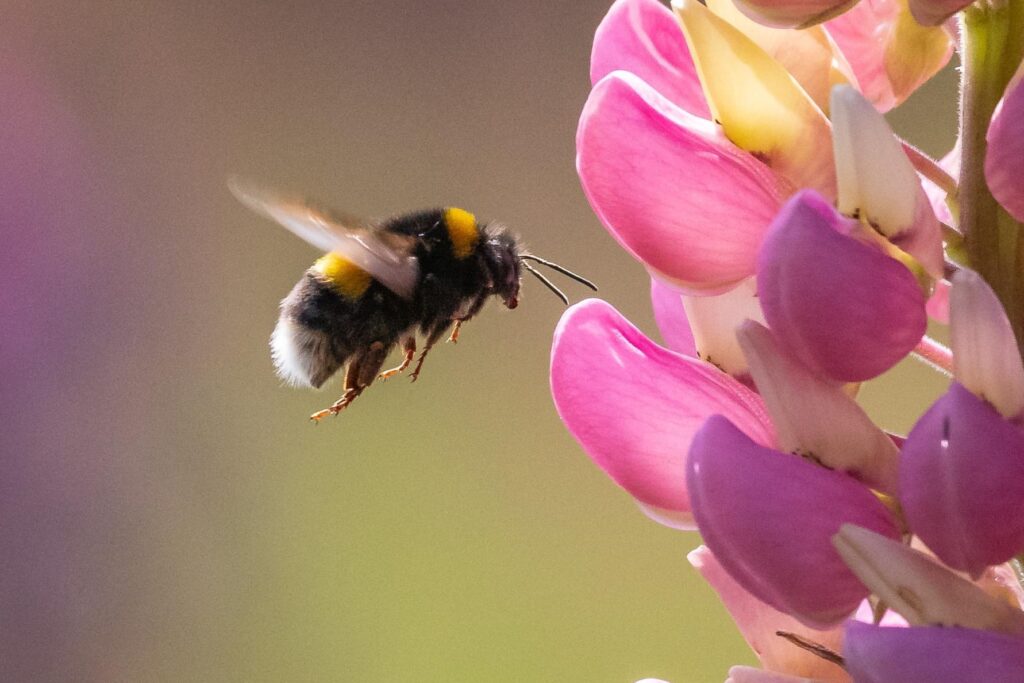
A major study by the Task Force on Systemic Pesticides found that neonicotinoids (neonics) pose a serious risk to bees. Neonics are nerve poisons, causing paralysis and death in affected species. The Task Force has said that “Over-reliance on systemic insecticides for pest control is inflicting serious damage to the environmental services that underpin agricultural productivity”. In other words, using them means we are undermining our own future.
The good news is that in the UK, whilst historically government has given temporary permissions for otherwise banned neonicotinoid pesticides, the Health and Safety Executive has recently published new guidance for emergency authorisations of pesticides.
These changes clarify and strengthen existing guidance to ensure that emergency authorisations to use pesticides must take full account of the risks posed to pollinators.
Reconnection
But it’s not enough. Without robust enforcement and supply chain accountability, the impact of this new guidance may be limited. More fundamental change is needed. Recovery takes time. And right now, our butterflies, bees and other pollinators are fast disappearing at an alarming rate.
Protecting our future, means farming in more nature-friendly, biodiversity-supporting ways, in harmony with nature and not against her. Getting animals out of intensive agribusinesses and putting them back on the land as part of mixed, rotational farming can cut our reliance on chemical pesticides and fertilisers. This in turn can create a natural and varied landscape, full of wildflowers, luring back indispensable pollinators, as well as providing seeds and insects for a host of other wildlife.
The purple emperor’s return is a vivid reminder that nature can rebound if given the chance. By embracing rewilding and reforming farming practices, we can restore the habitats that butterflies, bees and other pollinators depend on – securing not just their future, but ours too.
Note: This is a version of an article originally published in The Scotsman on Friday 19th September, 2025.


